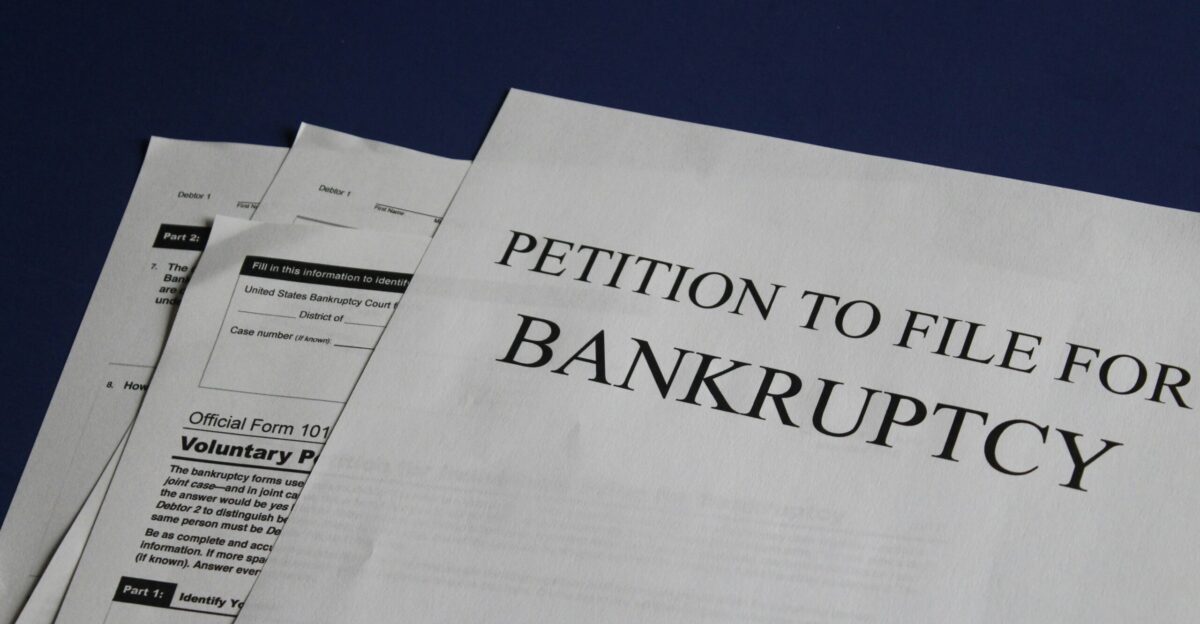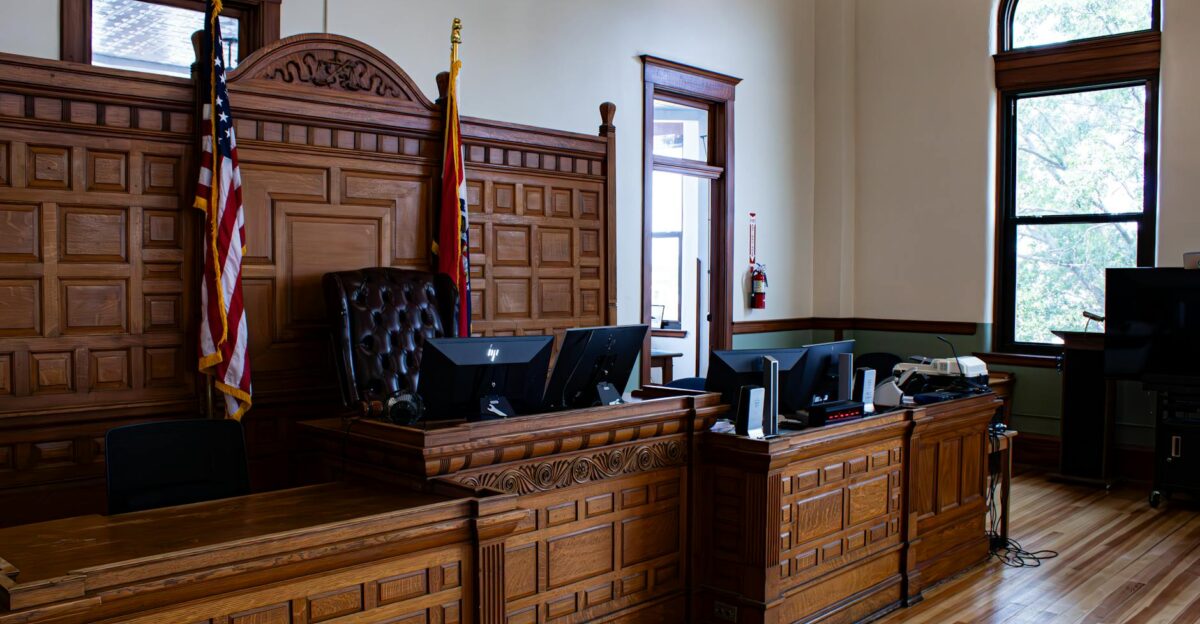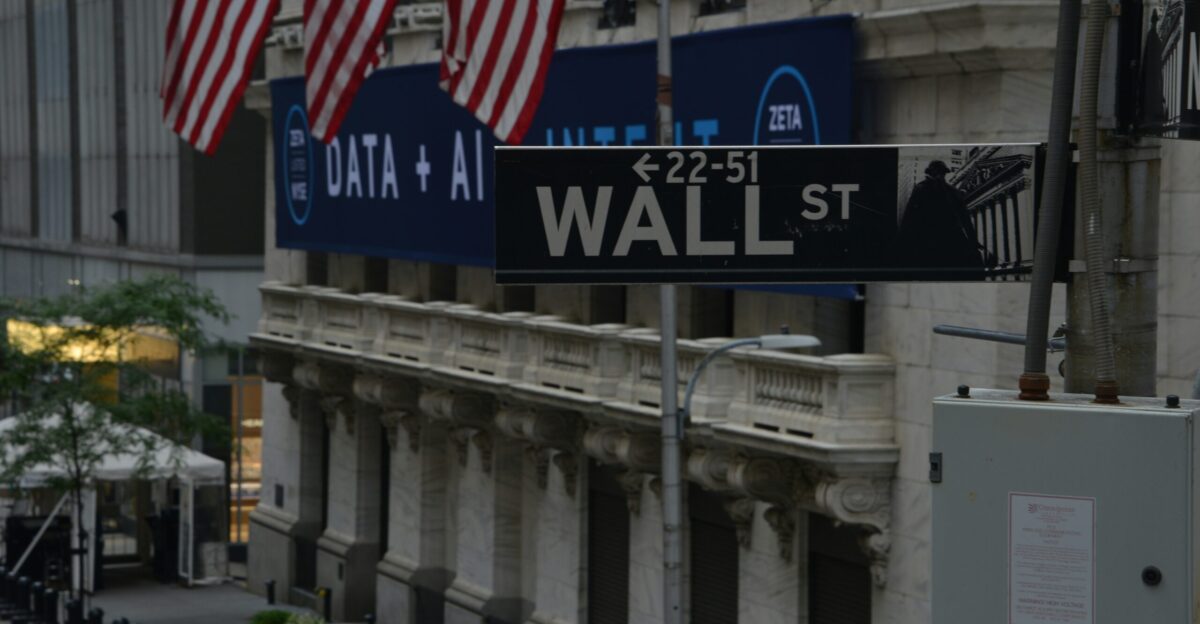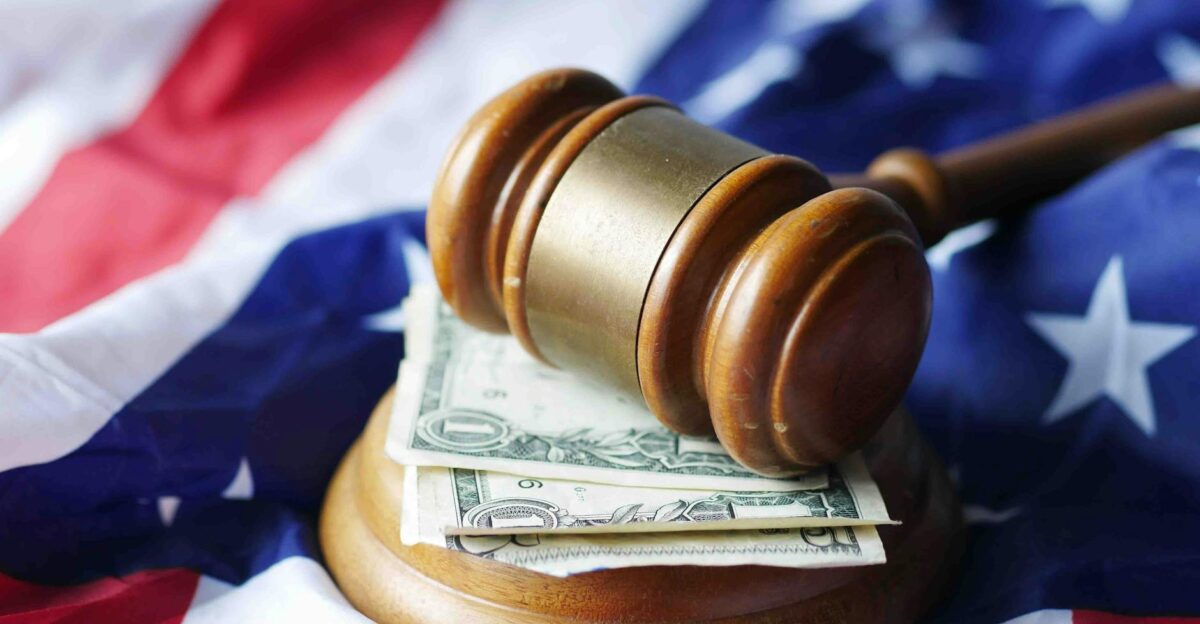
The mystery began with a single, urgent question about missing funds. Patrick James, the Malaysian entrepreneur who built First Brands into a $5 billion auto-parts powerhouse, resigned as CEO on October 13, 2025, leaving creditors demanding answers about $2.3 billion that had seemingly vanished, according to court filings and company statements.
Staff and investors were left stunned, grappling with a financial black hole that even seasoned analysts struggled to comprehend.
Restructuring Expert Takes the Helm

Charles Moore, a veteran turnaround specialist with decades of experience, stepped in as interim CEO. In his first company statement, Moore said, “Our immediate focus is stabilising operations and providing transparency to employees. ” With 26,000 workers and billions in missing assets, the task is formidable.
According to corporate filings, Moore’s appointment highlights the gravity of First Brands’ collapse — restructuring experts aren’t brought in lightly, and the financial chaos is unprecedented in the auto-parts sector.
From Spark Plugs to Scandal

First Brands became a household name by acquiring Fram filters, Autolite spark plugs, and Raybestos brakes. According to company records, James orchestrated 24 debt-fueled acquisitions between 2013 and 2024, transforming a small startup into a $5 billion global operation.
While products reached millions of garages, analysts say the company’s financial foundation was precarious. Employees enjoyed stability, but creditors later discovered a network of obligations that masked an emerging financial disaster.
The Mysterious Founder Who Built an Empire on Borrowed Time

Patrick James arrived in the U.S. from Malaysia with ambitious goals and a willingness to take risks. Starting as Crowne Group in 2013, he rebranded First Brands in 2020 while acquiring major auto parts companies, according to corporate filings.
“Every acquisition was a step toward building scale,” one former executive said. Yet investigators now question whether James was creating sustainable growth or constructing a complex financial house of cards designed to collapse under pressure.
Staggering $50 Billion Debt Mountain

The September 29, 2025, Chapter 11 filing revealed liabilities potentially reaching $50 billion against assets worth less than $10 billion, according to bankruptcy court documents. Lenders were blindsided, realizing that previous assurances about First Brands’ finances had been incomplete.
“We thought we understood the risk,” one creditor said, “but it turns out we knew almost nothing.” Analysts describe the filing as one of the most complex corporate unravelings in recent memory.
Creditor’s Explosive Court Challenge

According to court documents, Raistone Capital’s petition reads like a financial thriller: The trade finance firm alleged that $2.3 billion had “simply disappeared” from First Brands. The filing stated, “The investigation is highly questionable,” demanding an independent examiner.
Lawyers portrayed a picture of chaos where basic accounting became impossible.
Lawyers’ Shocking Courtroom Confession

In a now-famous email exchange, creditors asked if First Brands had received $1.9 billion in anticipated receipts. The company’s attorneys admitted, bluntly, that they did not know. “#1 — We don’t know; #2 — $0,” they replied, according to court filings.
Observers described it as a rare, brutal display of honesty in corporate America. “I’ve never seen anything like it,” said one bankruptcy lawyer, “and yet it was just the beginning of the reckoning”.
Criminal Probe Into Vanishing Billions Launched

The Southern District of New York opened a criminal investigation into First Brands’ finances, according to sources familiar with the matter. Prosecutors are examining whether executives misled lenders while living lavishly.
A Justice Department official told reporters the probe could lead to indictments if evidence shows fraud. “It’s more than a civil case now,” an insider said, noting the unprecedented scale and complexity of the potential financial crimes.
Did the CEO Sell the Same Invoices Twice?

Investigators allege a sophisticated shell game involving invoices. Court filings indicate First Brands may have sold identical invoices to multiple lenders, collecting cash repeatedly for the same receivables. Called “double-pledging,” the practice inflates borrowing power until detection.
According to filings, forensic accountants are untangling $2.3 billion in potentially fraudulent transactions. “The structure was clever, but ultimately unsustainable,” said a restructuring expert.
Wall Street Giant Jefferies Loses $715 Million

According to company filings, Jefferies Financial Group’s exposure through Point Bonita Capital reached $715 million, far exceeding the $43 million it publicly disclosed. Investors reacted swiftly, sending Jefferies’ stock down 25% as analysts questioned hidden risks.
“The market is waking up to the true scale of the problem,” one strategist said, highlighting how First Brands’ collapse reverberated through major financial institutions globally.
Swiss Banking Giant UBS Caught in $500 Million Web of Losses

UBS disclosed $500 million tied to First Brands’ supply chain financing, showing the depth of European bank exposure in American auto lending. BlackRock and other global institutions are also entangled, creating a financial contagion from New York to Zurich.
“This is a stark reminder of interconnected risk,” said a banking analyst. Court documents reveal that even experienced lenders underestimated the complexity and scope of First Brands’ obligations.
Japanese Investors Face Biggest Loss

Katsumi Global, backed by Mitsui & Co. and Norinchukin Bank, claims $1.75 billion in losses, making it the scandal’s largest single creditor, according to court filings. “We are stunned by the scale,” said a company spokesperson.
The Japanese connection adds an international dimension to the unraveling, dwarfing Wall Street’s losses and emphasizing First Brands’ financial mismanagement’s global reach.
Courtroom Drama: “It’s Not Here. We Don’t Have It.”

In a bankruptcy hearing, attorneys admitted that only $12 million remained in accounts to secure billions in loans. “There is nothing else,” the lawyers said, leaving creditors and observers speechless.
According to court transcripts, the courtroom fell silent as the magnitude of the missing funds became clear. “I’ve never seen such candor in the face of catastrophe,” one analyst said, calling it shocking and rare.
How Off-Books Deals Created a $2.3 Billion Mystery

According to bankruptcy filings, investigators discovered a shadow financial system through off-balance sheet arrangements that masked enormous obligations. Factoring agreements and overlapping claims created a labyrinth of invisible debts.
“It was a perfect storm of opacity,” said a forensic accountant. When the company’s true obligations were mapped, the $2.3 billion black hole appeared, illustrating the limits of traditional accounting and oversight.
Wall Street’s New Wild West

Analysts say the collapse revealed cracks in private credit, where loosely regulated lenders compete with traditional banks. While $6 billion in conventional debt was visible, the largest risk came from opaque shadow financing.
Regulators now face urgent questions: could the next financial crisis emerge from this fast-growing, lightly supervised corner of American finance?
Forensic Detectives Uncover $11 Billion Puzzle

Court-appointed forensic accountants are reconstructing First Brands’ finances, uncovering layers of debt that defy simple logic.
According to filings, $6.1 billion in traditional debt, $2.3 billion in off-balance sheet financing, $800 million in supply-chain obligations, and another $2.3 billion in factoring claims overlapped, suggesting either massive fraud or unprecedented accounting failures.
Emergency $1.1 Billion Lifeline

Federal bankruptcy court approved $1.1 billion in emergency financing, with $500 million immediately deployed to sustain operations, court documents show. Lenders funded a company that had lost track of billions.
“We had to keep the lights on,” one executive said, noting that the funds buy time but cannot replace missing assets.
New CEO Promises Investigation

According to a company statement, Interim CEO Moore vowed to investigate “past use of various financing instruments” while preparing First Brands for sale.
“Our immediate priority is stability and reliability for employees, customers, and partners,” he said, balancing reassurance with stark reality.
Creditor Firm Axes Jobs

Raistone, heavily tied to First Brands, laid off dozens after losing 80% of revenue overnight. Individual investors using platforms like Yieldstreet discovered their savings were entangled in the missing billions.
“It’s devastating,” one laid-off worker said, illustrating how corporate mismanagement can translate into personal financial pain for employees and investors alike.
Truth Behind $2.3 Billion Mystery

According to court schedules, the next bankruptcy hearing, scheduled for October 29, 2025, promises to reveal preliminary findings as investigators attempt to untangle First Brands’ financial web.
Creditors, prosecutors, and forensic accountants are racing to answer the central question: where did the $2.3 billion go?